1 of 5

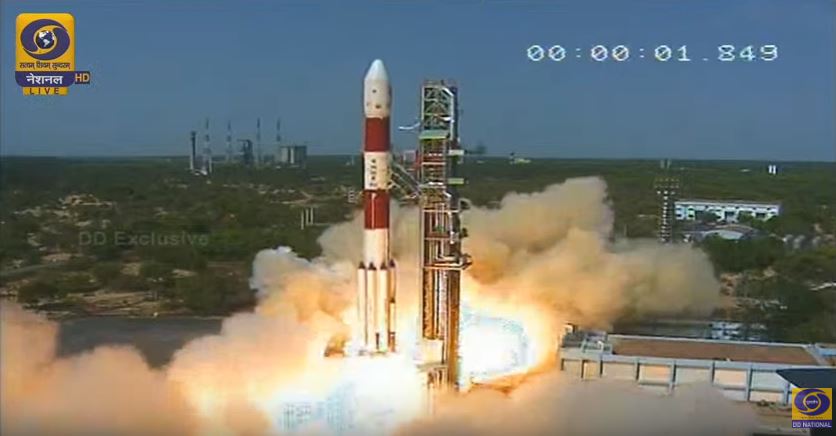
The PSLV rocket standing 44.4 metre tall and weighing 320 ton tore into the morning skies at 9.29 a.m. with a growl breaking free of the earth's gravitational pull. The 31 satellites weighed 955 kg. The rocket's main cargo is India's 712 kg Cartosat-2 series satellite for earth observation.
Credit: Twitter/DDNational
2 of 5

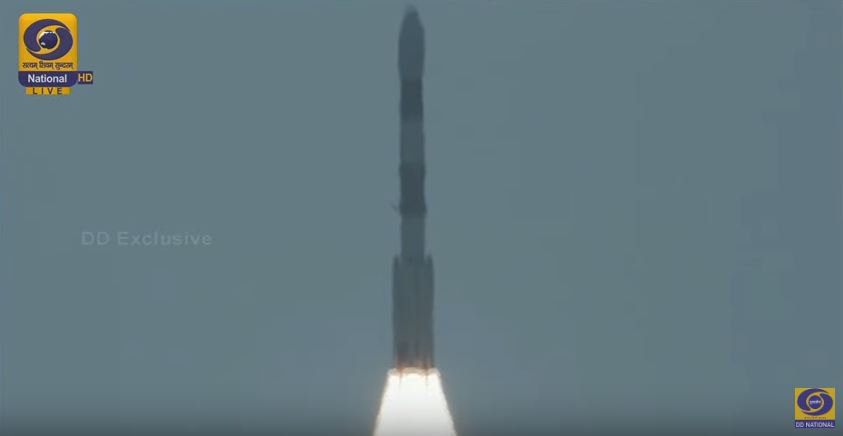
This satellite is similar to the earlier Cartosat-2 series satellites. The co-passenger satellites comprise 29 nano satellites weighing 243 kg and are from 14 countries - Austria, Belgium, Britain, Chile, Czech Republic, Finland, France, Germany, Italy, Japan, Latvia, Lithuania, Slovakia, and the US - as well as one Indian nano satellite, NIUSAT. The whole launch mission would get over in around 23 minutes.
Credit: Twitter/DDNational
Advertisement1
3 of 5
![The images sent by Cartosat satellite would be useful for cartographic, urban, rural, coastal land use, utility management like road network monitoring, water distribution, creation of land use maps, change detection to bring out geographical and manmade features and various other land information systems and geographical information system applications. ISRO rocket,Polar Satellite Launch,PSLV,Polar Satellite Launch Vehicle (PSLV),satellite Cartosat]()
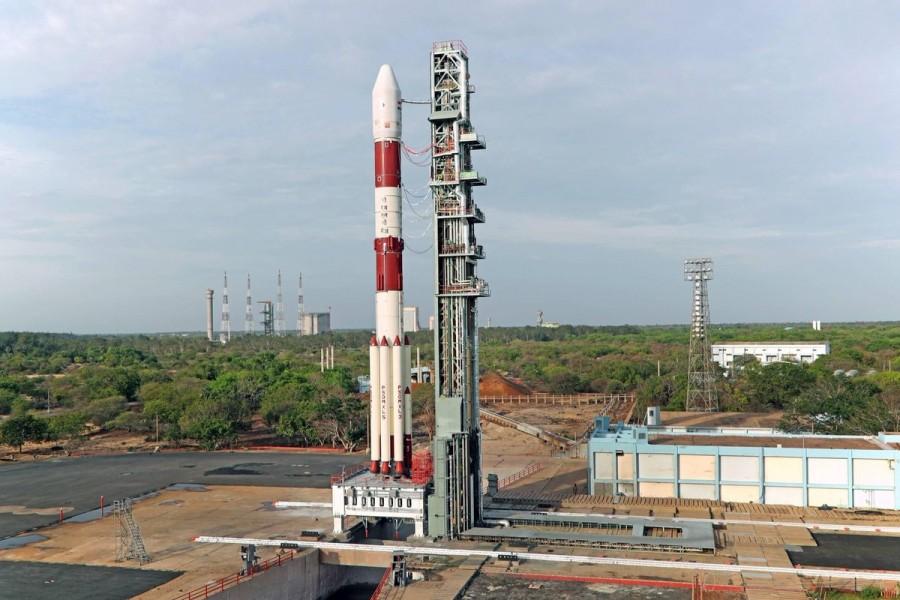
The images sent by Cartosat satellite would be useful for cartographic, urban, rural, coastal land use, utility management like road network monitoring, water distribution, creation of land use maps, change detection to bring out geographical and manmade features and various other land information systems and geographical information system applications.
4 of 5
![One of the 30 co-passenger satellites is the Indian nano satellite 15 kg NIUSAT belonging to Nooral Islam University, Tamil Nadu. ISRO rocket,Polar Satellite Launch,PSLV,Polar Satellite Launch Vehicle (PSLV),satellite Cartosat]()
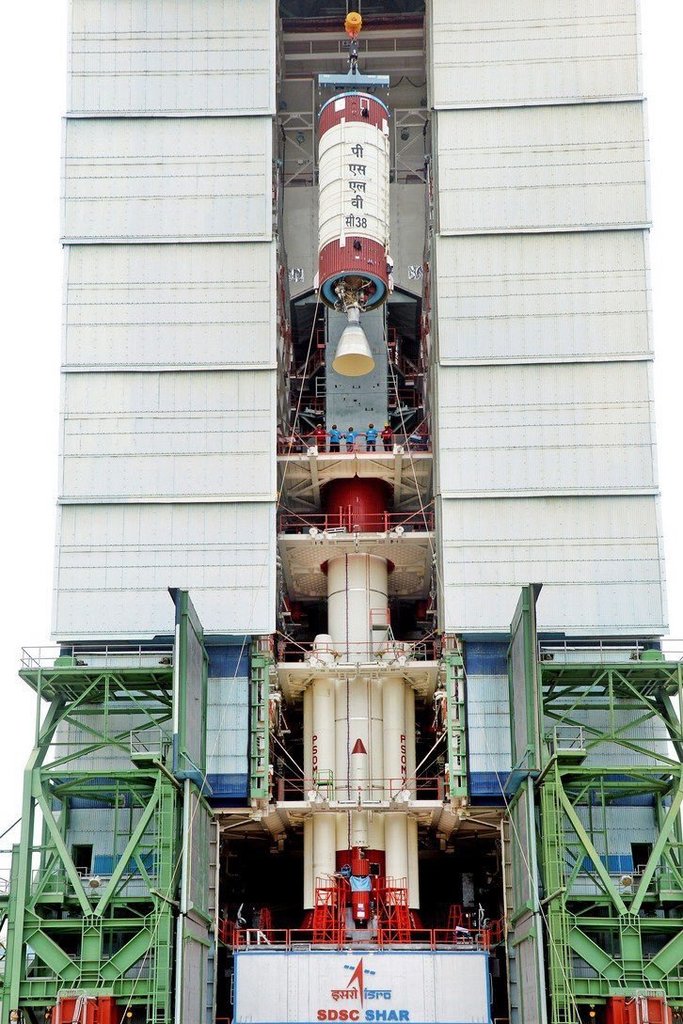
One of the 30 co-passenger satellites is the Indian nano satellite 15 kg NIUSAT belonging to Nooral Islam University, Tamil Nadu.
5 of 5
![NIUSAT would provide multi-spectral imagery for agricultural crop monitoring and disaster management support applications. ISRO rocket,Polar Satellite Launch,PSLV,Polar Satellite Launch Vehicle (PSLV),satellite Cartosat]()
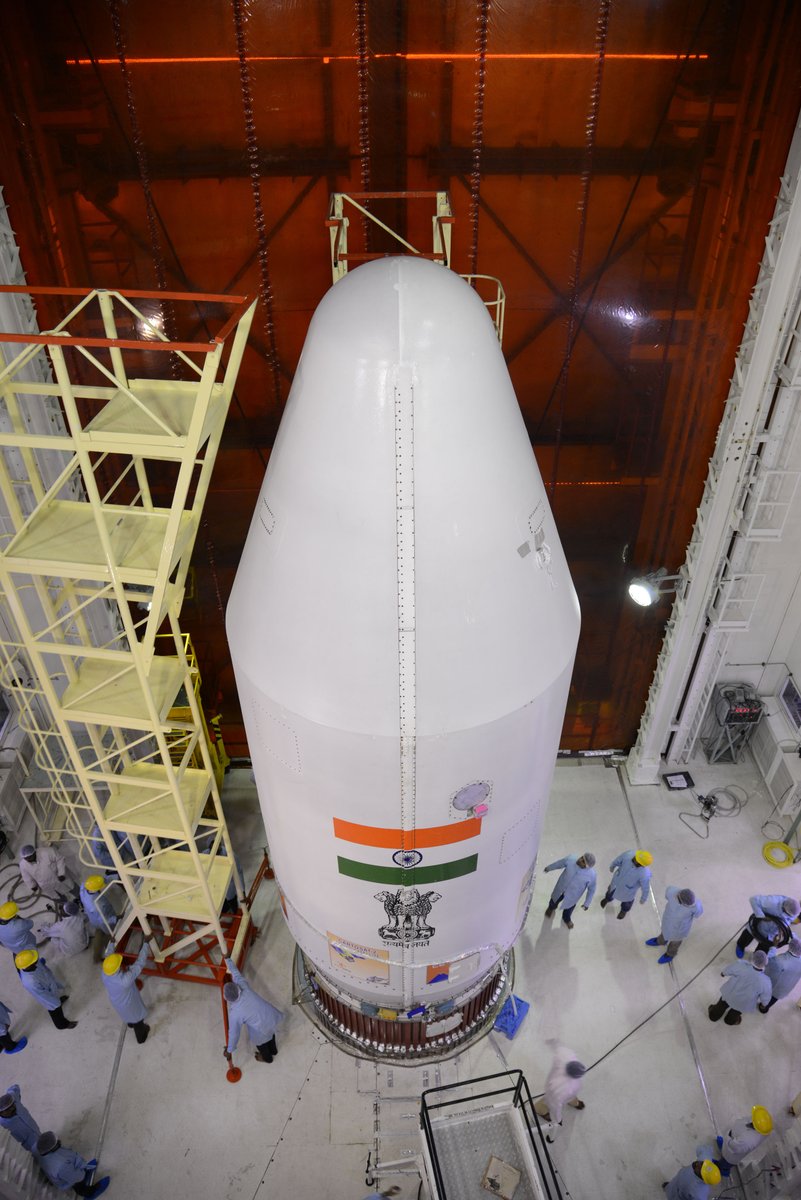
NIUSAT would provide multi-spectral imagery for agricultural crop monitoring and disaster management support applications.





